Blog
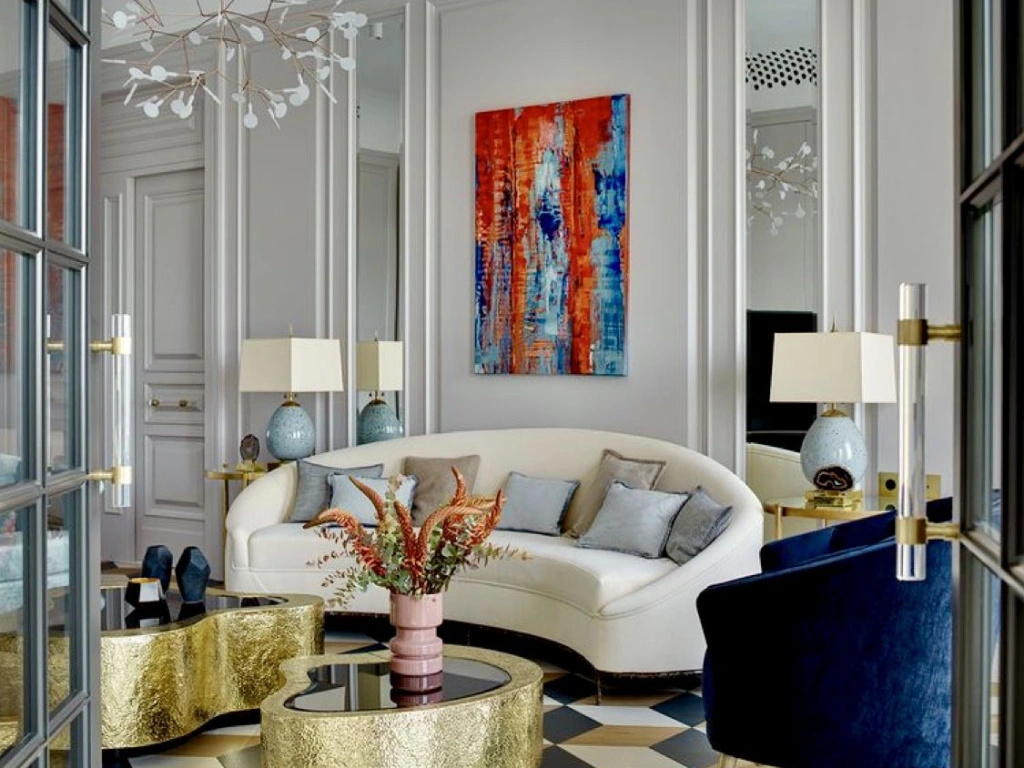
Art in Interiors – Intrinsic Value or Decoration? How to strike the balance between aesthetic living and comfort
What makes an interior not simply unique, but truly inimitable? The surest path is to let art into your space. Whether antiques or contemporary installations, such pieces bring individuality, charm, and a special energy and meaning to the home.
But where does the boundary lie? Do we risk turning art into a consumer product? And how, while preserving style, can we weave into the interior those family photographs so dear to the heart?
Dubadu explores different approaches that help find the balance between aesthetics and personal comfort.
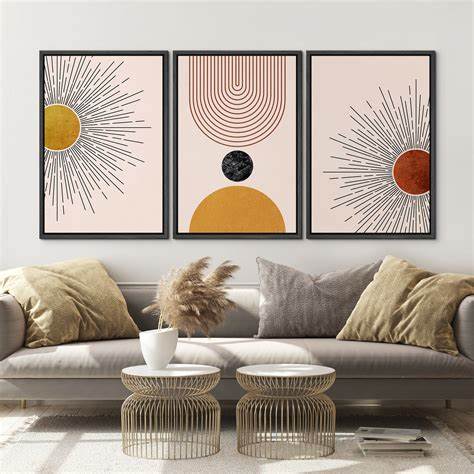
From history: how art became an enduring part of interiors
Looking back through history, it is easy to see that great masters readily engaged in the embellishment of domestic spaces. One need only recall the whimsical frames of eighteenth-century paintings — delicate ovals, reliefs, even bold asymmetry. Such designs were no accident: works were created for specific rooms and served a practical purpose — to adorn and complete the interior.
François Boucher, the favoured painter of Madame de Pompadour, devoted much of his career to the decoration of royal palaces. He devised decorative schemes, panels, murals, and designs for tapestries and textiles that became integral to the interiors of Versailles, Fontainebleau and other residences. The marquise’s refined taste and artistic sensibility allow us, even centuries later, to admire these ensembles. One need only think of The Toilette of Venus, painted at her request for her cabinet at Bellevue and set directly into carved wooden panels — one of the most striking examples of a painting conceived as part of interior decoration.
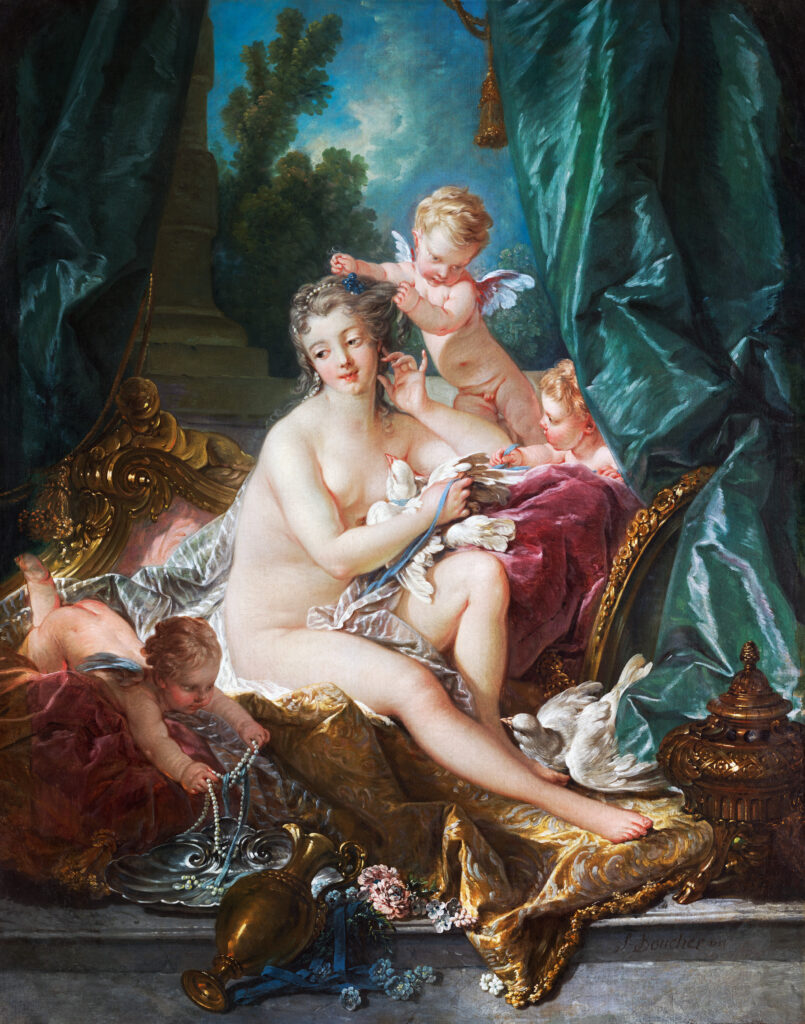
Boucher’s The Toilette of Venus, commissioned by Madame de Pompadour, shows painting as an element of interior design.
Fast forward to the twentieth century and the icon of Pop Art, Andy Warhol. His works are instantly recognisable and long since a symbol of status. From the early 1960s he produced wallpapers with bananas, cows, camouflage — patterns that covered entire walls, transforming both exhibition halls and private interiors into bold artistic environments. His Cows Wallpaper, shown in 1966 at the Leo Castelli Gallery, was conceived as a total interior scheme.
As Warhol recalled, the idea came from art dealer Ivan Karp, who suggested: “Why don’t you paint some cows? They’re such a wonderfully pastoral and enduring image in art history.” Warhol, of course, took the suggestion his own way. He created giant cow heads — bright pink against glaring yellow — ready to be printed as rolls of wallpaper. Karp was stunned: they were at once humorous, audacious, and dazzlingly bright.
Also read: Three fascinating trends in luxury real estate 2025
This episode vividly illustrates how art ceases to be merely an object of contemplation and becomes part of the environment itself. Such examples abound, and the tradition of integrating art into interiors remains very much alive today.

Warhol turned walls into art with his bold Cows Wallpaper
The starting point: when art dictates the style of a space
According to leading interior designers, a work of art can sometimes be the very starting point for an entire scheme. There are several approaches.
Some take inspiration from a piece’s palette, building the whole room around its colours. This is often the case with abstract works, where shape and tone dominate. In other cases, a bold painting is set against muted surroundings for contrast; or conversely, one or two shades are carried into the wider space, so that the art and the room flow seamlessly together.
For lovers of antiques, the style of a room is often shaped to reflect the period, allowing objects to take on new life, binding generations together. Designers of historic houses may even draw directly on the era in which the home was built, emphasising the spirit of its time and aligning the entire interior accordingly.
Also read: The art of living beautifully: how architecture and interior design shape real estate choices
Existing artworks can instantly make a new house feel familiar and distinctive. They create an emotional link with the home, tuning its atmosphere to resonate with the owner’s inner world.
Collectors occupy a special niche. They often commission dedicated spaces, where the collection itself takes precedence over the household, and works become the true masters of the environment. Literature offers a classic example: Soames Forsyte in Galsworthy’s Saga builds a gallery in his house expressly for his paintings.
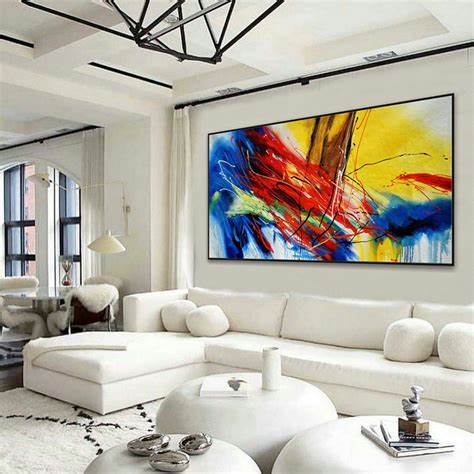
A vivid abstract painting takes centre stage in the living room, setting the tone for the entire space.
Art as complement: selecting paintings, sculpture and decorative works
Another path is to begin with the vision of the interior and then select the works that fit it, whether contemporary art or antiques. Properly chosen, such pieces can become the key to atmosphere, individuality and harmony, while also enabling clients to express themselves.
This includes not only paintings but also sculpture, ceramics, photography, original prints — even the occasional poster. Designers and owners often relish the hunt for such treasures at flea markets, adding a note of play to the serious business of furnishing a home. In such interiors, art is the servant, not the master — reflecting the taste of the owner.
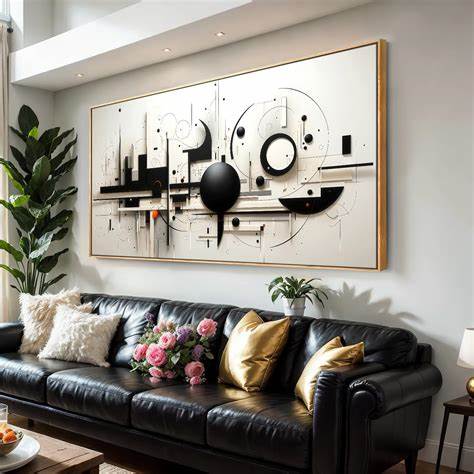
A monochrome contemporary canvas integrates seamlessly into a minimalist interior, enhancing its refined elegance
The mixed approach: balancing treasured pieces with new decor
There is also the mixed approach, where no single focus dominates: beloved and significant pieces stand alongside newly chosen ones. A bronze candelabrum inherited from your grandmother might happily coexist with a handmade throw, together creating comfort and continuity. Books always add authenticity, whether lavish art editions or worn embossed bindings.
Also read: Living differently: houseboats, tiny homes and earth houses
Eclecticism — the mingling of true art with modern décor — has long held pride of place among leading designers, precisely because it allows individuality to be fully expressed without enslaving the owner to objects. Moreover, art becomes a form of aesthetic capital: it shapes the atmosphere of a home while enhancing both its cultural and market value. This is especially important for those who view property as an investment.
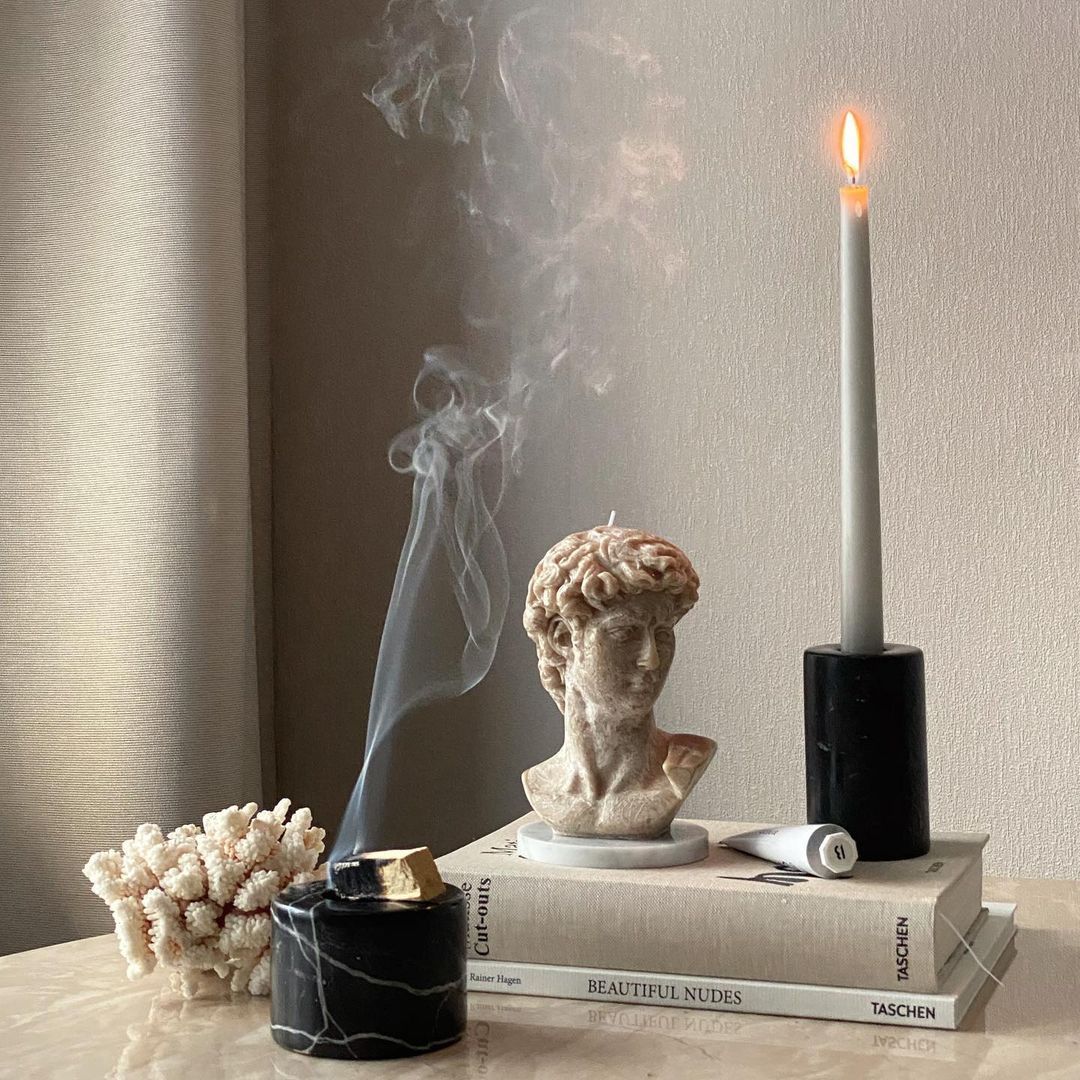
A tabletop composition of a bust candle, coral, and art books demonstrates how art can be woven into everyday comfort.
Dubadu: how video helps imagine interiors with art
Which approach to take is yours to decide. One may start small: if antiques are out of reach, try vintage finds. In place of contemporary works, frame your children’s drawings. The essential point is that it should bring you pleasure.
This is precisely how Dubadu suggests exploring property — with ease and enjoyment. Watching video is far simpler than sifting through hundreds of photographs: it allows you to imagine how your favourite pieces will fit within a space.
Video animates a room as no plan or still image can, revealing scale, the play of light, the texture of walls. Instantly, it becomes clear how harmoniously a painting, sculpture or collectible will belong there.
Come and see for yourself.